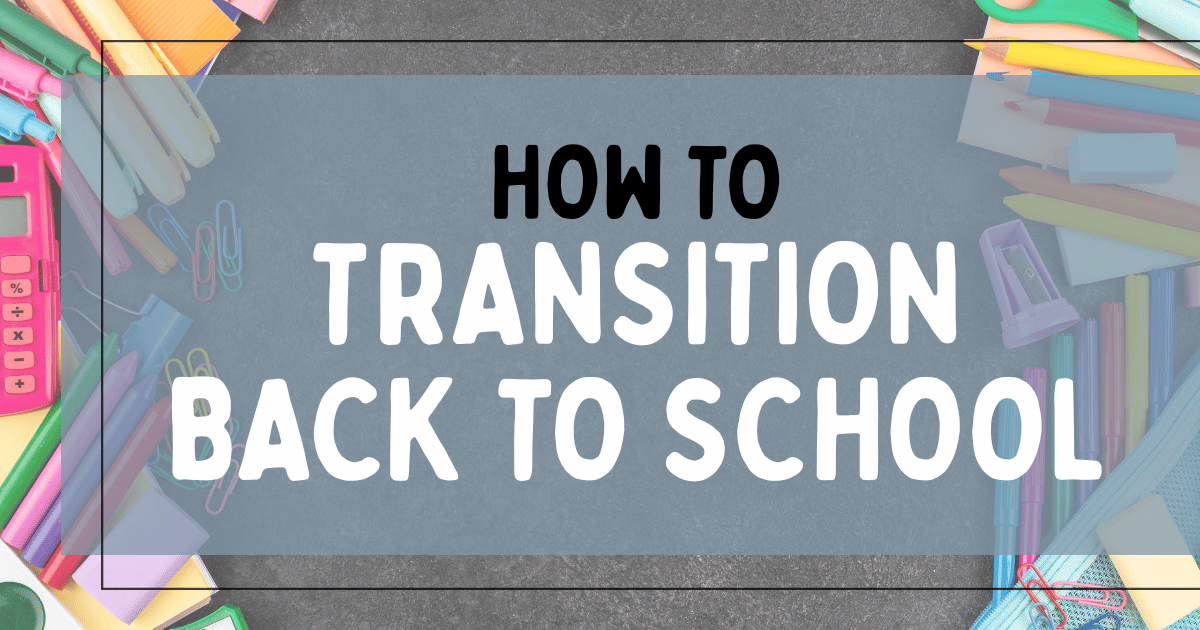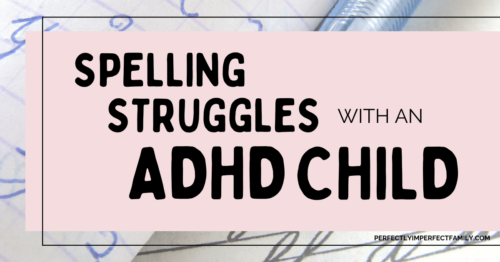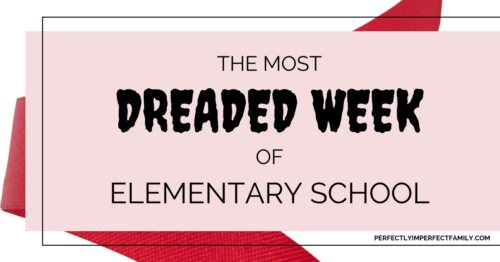How to Transition Back to School
Back-to-school mornings don’t have to be chaotic. Discover simple routines that help kids transition from summer fun to school structure, including bedtime schedules, alarm clocks, and organized mornings. These practical tips make the shift smoother for the whole family, reduce stress, and set the stage for a successful school year.
How To Celebrate The Last Day of School!
The last day of school doesn’t need to be a production. A popsicle in the backyard, a surprise ice cream stop, a new book, whatever feels right for your family. Big or small, make it special. Let your kids know they’re seen, they did something hard, and now it’s time to enjoy a little freedom.
Can a Child Succeed in School When They Have ADHD?
Children with ADHD can succeed in school — not just scrape by, but thrive. It might not look traditional, and the path may be winding, but with support, self-awareness, and a focus on strengths, real growth happens. My son, who has inattentive ADHD, is living proof: resilient, creative, and learning to define success on his own terms.
Spelling Struggles With an ADHD Child
I didn’t realize spelling struggles were common for kids with ADHD until my son was older. Looking back, I wish I had known sooner — it would have saved us both frustration. He’s still a great student despite the challenge. If your child struggles with spelling, be patient. They’ll be just fine! What strategies have worked for you?
How Am I Supposed To Get My Son Ready For College?
Attending a college prep meeting for my junior son was a wake-up call! The realization that he’s nearing adulthood and the daunting costs of college left me overwhelmed. Between teaching life skills and navigating scholarships, there’s so much to do. My advice? Start early — both in saving and preparing your child for the real world!
The Most Dreaded Week Of Elementary School
Red Ribbon Week is a great message, but it always brings one dreaded day: Crazy Hair Day. As a mom who's not great at hair, I stress over Pinterest ideas, waking up early to fix the kids' hair, and hoping it turns out. They’re good sports, but I can't wait until Crazy Hair Day is over!






